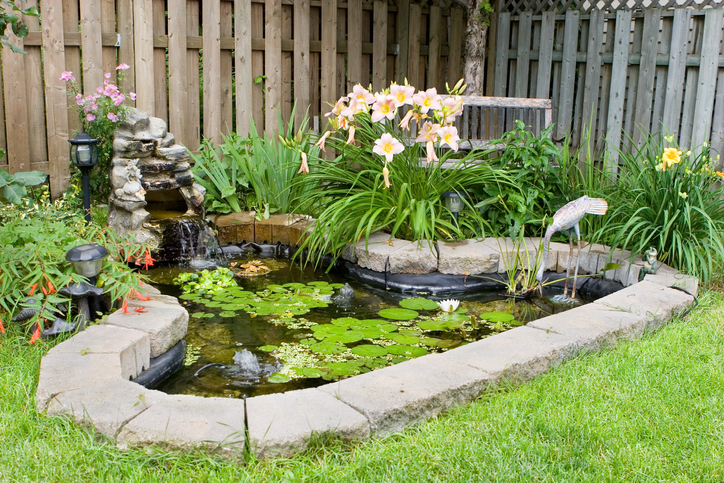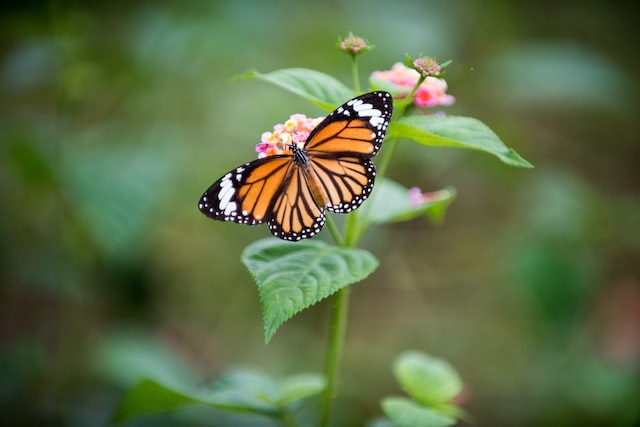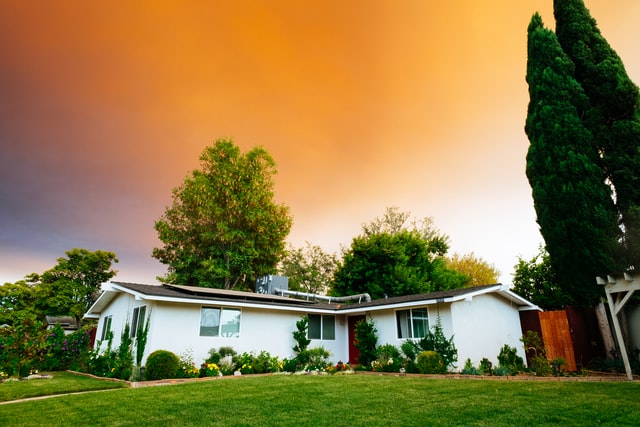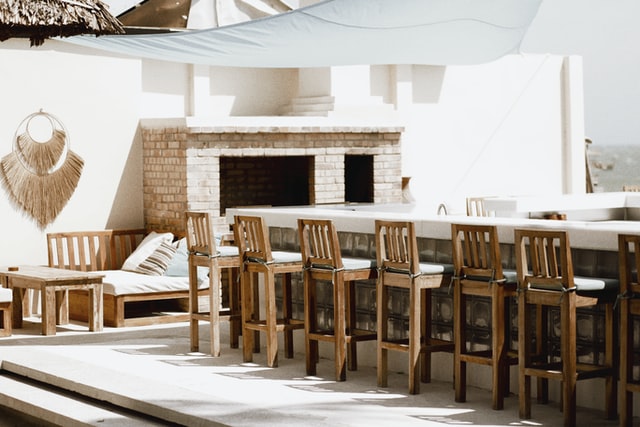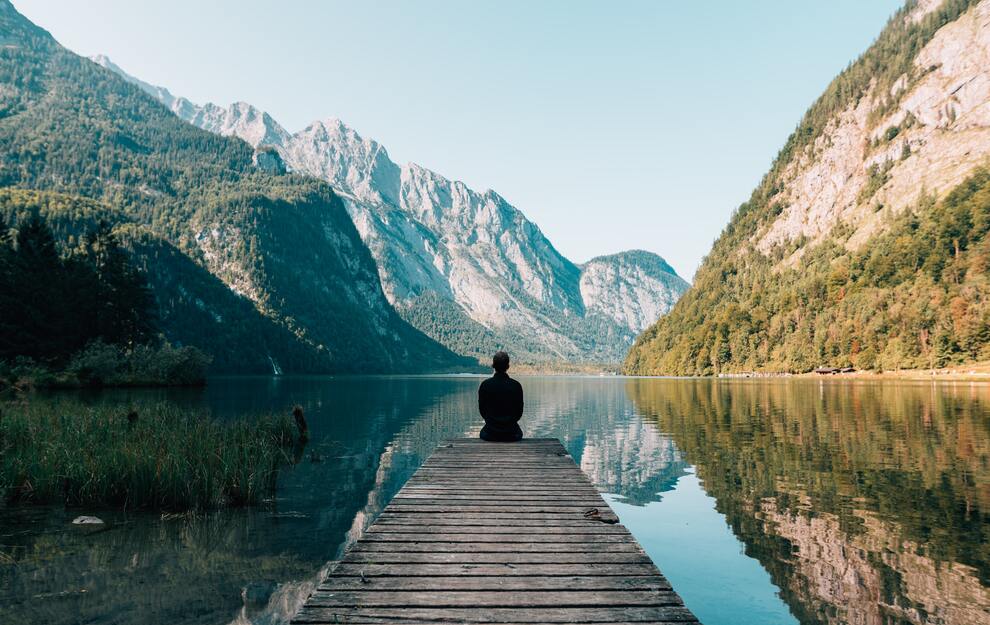Have you ever heard of a koi pond? If you have, did you ever consider building one at home? In case you are unfamiliar, a koi pond is a beautiful water feature for your backyard. This guide provides the tips and steps required to build your own peaceful koi pond at home.
If you have been thinking of adding a backyard water feature to your home in the past or recently, a koi pond can be a perfect choice, it lends life and beauty to this outdoor space. Koi fish are interesting and easy to care for if you have the right environment and practice the right type of care. Whether your backyard is large or small, it’s easy to build your own koi pond with the right information and tips at hand. Read on to discover how you can create your own koi pond for a calming, relaxing outdoor space.
What to consider before you start
Before you can build your DIY koi pond, you’ll need to read up on the basics to ensure your pond turns out beautifully.
Basic setup. You’ll need to understand the basic setup of an outdoor fish pond to keep the inhabitants active and healthy. The design should include basics like the underlayment, liner, and water agitator, such as a fountain or bubbler, to keep the water oxygenated. You’ll need a powerful pond pump that has a gallons-per-minute rate that matches the size of your pond. You’ll also need a high-quality filter and a covered GFCI outlet so you can feed power to the pump and turn it on and off safely.
Average cost. Koi pond costs vary, but a simple home starter kit runs approximately $70 for a 9-foot, 84-gallon pond. Larger ponds installed by professionals will cost more, coming in closer to $5,000 or even as much as $50,000 for something more extravagant.
Types of ponds. A natural pond contains native plants and a freeform design. Semi-natural ponds may include a variety of plants that are both native and non-native. Formal ponds are more architectural in design and feature sleek, modern shapes with fewer plants — or no plants at all.
The ideal location. When choosing a location for your koi pond, consider how much shade it will get, how close to the house it will be, and your local building codes. Ideally, it should be close enough to your home for easy maintenance, but far enough away that the pump noise doesn’t disturb you. Place your pond near a water source for easy refilling, or install a buried water line with a valve.
Materials. Choose a quality rubber liner for your pond that’s flexible and UV-resistant. Many pond liners include the underlayment attached to one side for easy installation. Plastic liners are also available, but they’re stiff and more difficult to work with during installation.
DIY Koi Pond
Now that you know the anatomy of a koi pond and what you need, it’s time for installation. Here are some basic steps and tips to help you build your pond and stock it with the right plants and fish.
Basic installation tips
- After checking with your local utilities, dig the hole for your backyard koi pond at a depth of 24 inches or more to prevent freezing and overheating. For those who live in extremely cold or northern climates, the depth should be three feet or more.
- Ask your local codes department whether you need a fence around your pond. Some locations require ponds deeper than 18 inches to have a fence with a locking gate around them.
- Add a de-chlorinator to your pond to keep the fish safe if you’re refilling it with city water.
- Use the leftover dirt to raise the grade around your pond, or use it to build a waterfall feature.
- Place your covered GFCI outlet at least 10 feet away from the pond, and bury the electrical cable 18 inches deep or more.
- Don’t slope your pond’s sides directly down to the bottom. Instead, create a shelf that’s approximately 18 inches wide and 18 inches below the water all around the edge. The shelf helps plants grow, and it also adds a hidden “step” just in case someone accidentally falls in.
Plants
Lotus. This gorgeous pond plant grows luscious flowers and adds beauty to any koi pond. The lotus thrives in zones 4-10, but its large stems can grow as tall as six feet, with leaves getting as big as 20 inches in diameter.
Iris. A pond iris should be planted in a pot in three inches of water. This beautiful flower blooms colors of purple or blue on tall, 24-inch stems with five-inch wide flowers. Iris is a perennial plant that does well in partial shade.
Water hyacinth. This free-floating plant is a perennial that grows in zones 9-11. It may also grow in colder climates as an annual and features lavender flowers growing from thick, shiny green leaves.
Cattail. These unusual plants grow along the edges of ponds and do best in shallow water or very moist soil. The oxygen in their hollow stems reaches the roots and can be beneficial to fish. When full size, the spear-like cattail can grow to be as tall as 10 feet high.
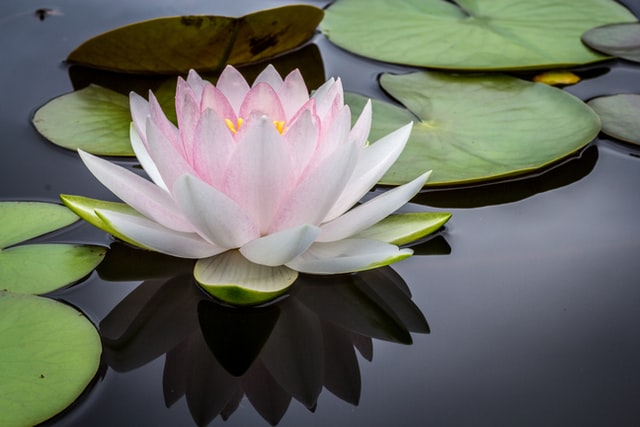
Fish
Goldfish. Naturally low-maintenance, goldfish add brilliant color to your pond. These fish can eat algae, plants, and larvae and may live for up to 10 years. Most goldfish can get 12 inches long when living in a backyard pond.
Koi. Boasting brilliant colors and unique patterns, koi fish are much larger than goldfish and may grow up to three feet long if you have a larger pond. Koi may live as long as 40 years when fed regularly. These resilient fish can live in cold climates and survive through winter as far north as Maine, so are some of the best outdoor pond fish you can get.
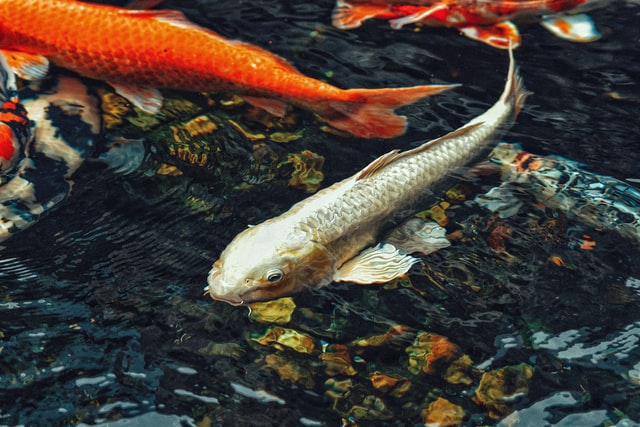
Predator-proof your pond
Algae. Protect your koi or goldfish from algae by adding naturally filtering plants, biomat filters, and barley straw. Avoid overfeeding your fish, since any uneaten food may also contribute to algae growth.
Mosquitos. To keep mosquitos away from your backyard pond, stock it with goldfish, mosquito fish, or bitterlings that eat these pesky insects. You may also add mosquito dunks formulated with Bacillus thuringiensis (Bt) to kill the larvae without harming your pond’s inhabitants.
Raccoons and other furry pests. Prevent pesky raccoons from sniffing around your fish by adding a straight drop of 18 inches or more near the edge of your pond. Install netting over the top of your pond to keep birds of prey away. A motion-activated sprinkler can also scare off any potential fish-eating pests.
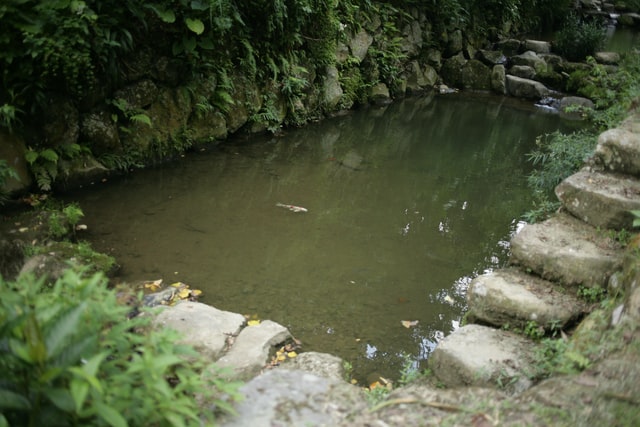
Koi care
Koi ponds are beautiful to look at, but the fish who live there require specific care. It’s important to make sure that you’re taking care of your fish properly so that they grow and thrive. Here are some general tips for keeping your koi or goldfish happy.
- Koi fish need a lot of room, so ensure that your pond has a capacity of at least 1,000 gallons if you plan on having several fish and plants all together in your pond at once.
- Stock your pond based on the full size of your fish and not on their size at the time of purchase so you don’t accidentally overstock it. This may cause the fish to become cramped as they grow larger in size.
- Koi have been bred to handle the cold winters of Japan, but you can protect them in winter by installing a bubbler that can help to keep the water from freezing. These fish can live under ice as thick as six to eight inches.
- The average lifespan of a healthy koi fish is between 25 and 35 years. They’re quite peaceful fish but are known to feed aggressively, so watch them carefully when feeding around children.
Health and safety
- A pond waterfall or fountain is highly recommended since koi fish require well-oxygenated. Keep the water clean by installing a quality filter to remove excess debris and contaminants.
- Feed your koi fish a quality pellet or flake food. You can supplement their diet with vegetables, fruit, plankton, and wheat germ. These natural foods may enhance their color and make your fish appear brighter and more vivid.
- Avoid overfeeding your fish, as it can lead to excess algae growth and murky water. Don’t feed the fish when the average water temperature drops below 50 degrees or the koi cannot properly digest their food.
- Add plenty of plants to keep the water oxygenated and shade your pond to keep the water cool in the summertime.
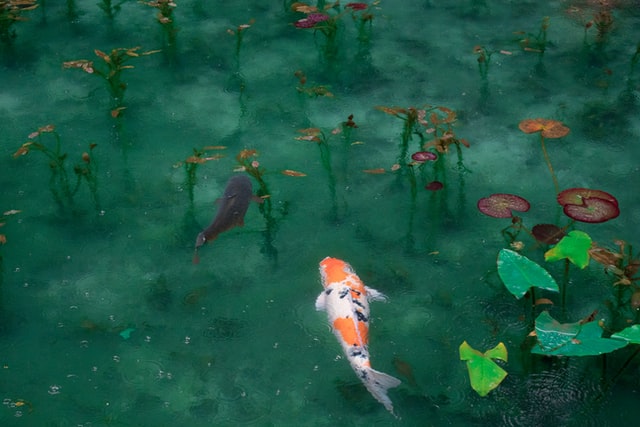
We really do hope that after reading this article, you have decided to enjoy a gorgeous koi pond at home and you have begun to plan your project. If you are still unconvinced, we invite you to do more research. Because a backyard koi pond will add years of enjoyment to your outdoor space, you can experience the joy of having your own koi fish with the right planning, materials, and equipment. Remember to use an oxygenator, pump, and filter to clean the water. Protect your pond from predators and you’ll have a beautiful backyard water feature that adds a unique component and a fascinating ecosystem to your home that you can enjoy with your friends and family for years to come!
